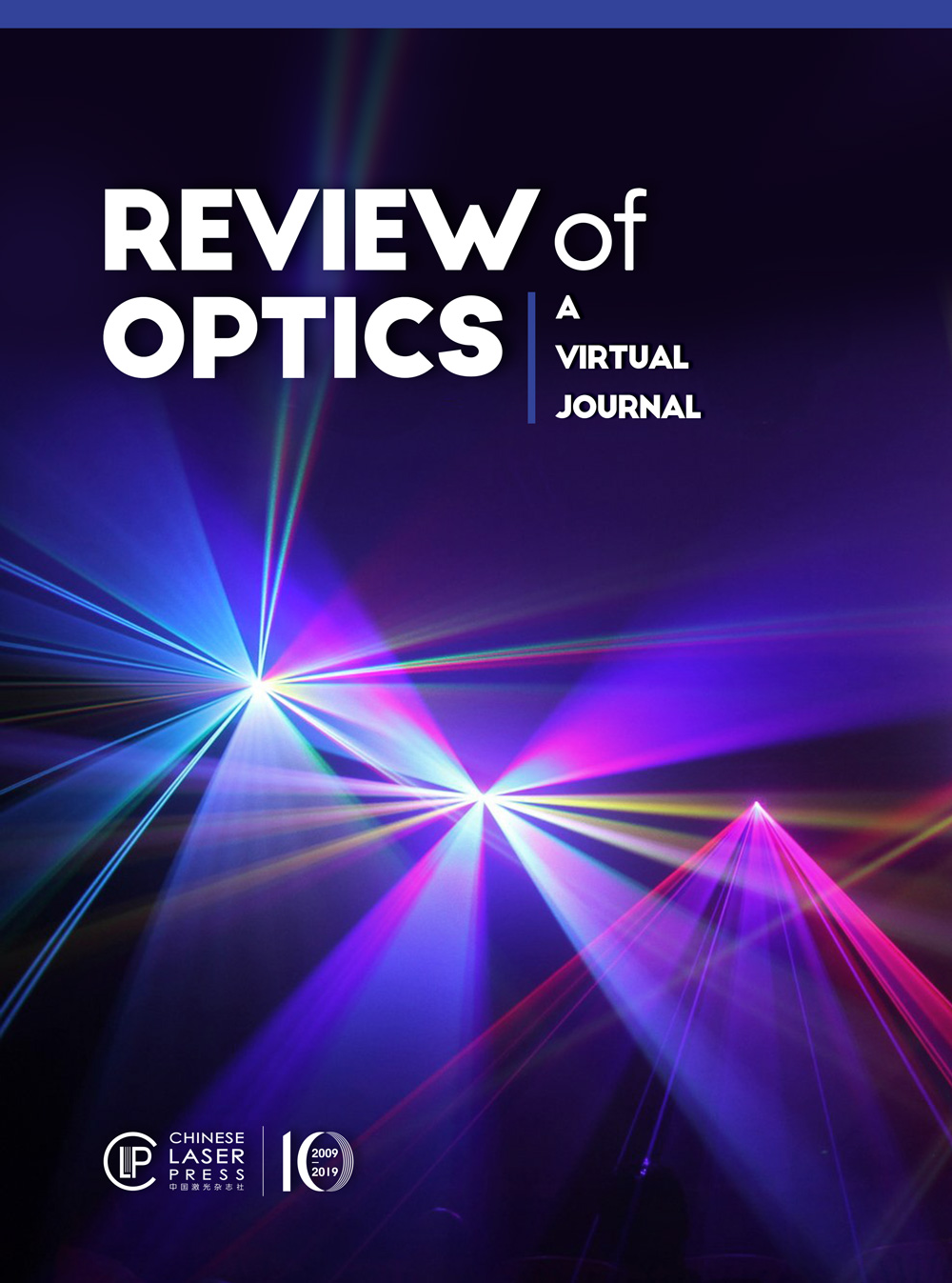Journals >Review of Optics: a virtual journal
Nonlinear optics has not stopped evolving, offering opportunities to develop novel functionalities in photonics. Supercontinuum generation, a nonlinear optical phenomenon responsible for extreme spectral broadening, attracts the interest of researchers due to its high potential in many applications, including sensing, imaging, or optical communications. In particular, with the emergence of silicon photonics, integrated supercontinuum sources in silicon platforms have seen tremendous progress during the past decades. This article aims at giving an overview of supercontinuum generation in three main silicon-compatible photonics platforms, namely, silicon, silicon germanium, and silicon nitride, as well as the essential theoretical elements to understand this fascinating phenomenon.
Nonlinear optics has not stopped evolving, offering opportunities to develop novel functionalities in photonics. Supercontinuum generation, a nonlinear optical phenomenon responsible for extreme spectral broadening, attracts the interest of researchers due to its high potential in many applications, including sensing, imaging, or optical communications. In particular, with the emergence of silicon photonics, integrated supercontinuum sources in silicon platforms have seen tremendous progress during the past decades. This article aims at giving an overview of supercontinuum generation in three main silicon-compatible photonics platforms, namely, silicon, silicon germanium, and silicon nitride, as well as the essential theoretical elements to understand this fascinating phenomenon.
.- Publication Date: Mar. 01, 2022
- Vol. 10 Issue 3 03000A43 (2022)
- Publication Date: Dec. 09, 2021
- Vol. 20 Issue 2 021101 (2022)
White light, which contains polychromic visible components, affects the rhythm of organisms and has the potential for advanced applications of lighting, display, and communication. Compared with traditional incandescent bulbs and inorganic diodes, pure organic materials are superior in terms of better compatibility, flexibility, structural diversity, and environmental friendliness. In the past few years, polychromic emission has been obtained based on organic aggregates, which provides a platform to achieve white-light emission. Several white-light emitters are sporadically reported, but the underlying mechanistic picture is still not fully established. Based on these considerations, we will focus on the single-component and multicomponent strategies to achieve efficient white-light emission from pure organic aggregates. Thereinto, single-component strategy is introduced from four parts: dual fluorescence, fluorescence and phosphorescence, dual phosphorescence with anti-Kasha’s behavior, and clusteroluminescence. Meanwhile, doping, supramolecular assembly, and cocrystallization are summarized as strategies for multicomponent systems. Beyond the construction strategies of white-light emitters, their advanced representative applications, such as organic light-emitting diodes, white luminescent dyes, circularly polarized luminescence, and encryption, are also prospected. It is expected that this review will draw a comprehensive picture of white-light emission from organic aggregates as well as their emerging applications.
White light, which contains polychromic visible components, affects the rhythm of organisms and has the potential for advanced applications of lighting, display, and communication. Compared with traditional incandescent bulbs and inorganic diodes, pure organic materials are superior in terms of better compatibility, flexibility, structural diversity, and environmental friendliness. In the past few years, polychromic emission has been obtained based on organic aggregates, which provides a platform to achieve white-light emission. Several white-light emitters are sporadically reported, but the underlying mechanistic picture is still not fully established. Based on these considerations, we will focus on the single-component and multicomponent strategies to achieve efficient white-light emission from pure organic aggregates. Thereinto, single-component strategy is introduced from four parts: dual fluorescence, fluorescence and phosphorescence, dual phosphorescence with anti-Kasha’s behavior, and clusteroluminescence. Meanwhile, doping, supramolecular assembly, and cocrystallization are summarized as strategies for multicomponent systems. Beyond the construction strategies of white-light emitters, their advanced representative applications, such as organic light-emitting diodes, white luminescent dyes, circularly polarized luminescence, and encryption, are also prospected. It is expected that this review will draw a comprehensive picture of white-light emission from organic aggregates as well as their emerging applications.
.- Publication Date: Dec. 30, 2021
- Vol. 4 Issue 1 014001 (2022)
- Publication Date: Feb. 14, 2022
- Vol. 4 Issue 1 014002 (2022)








